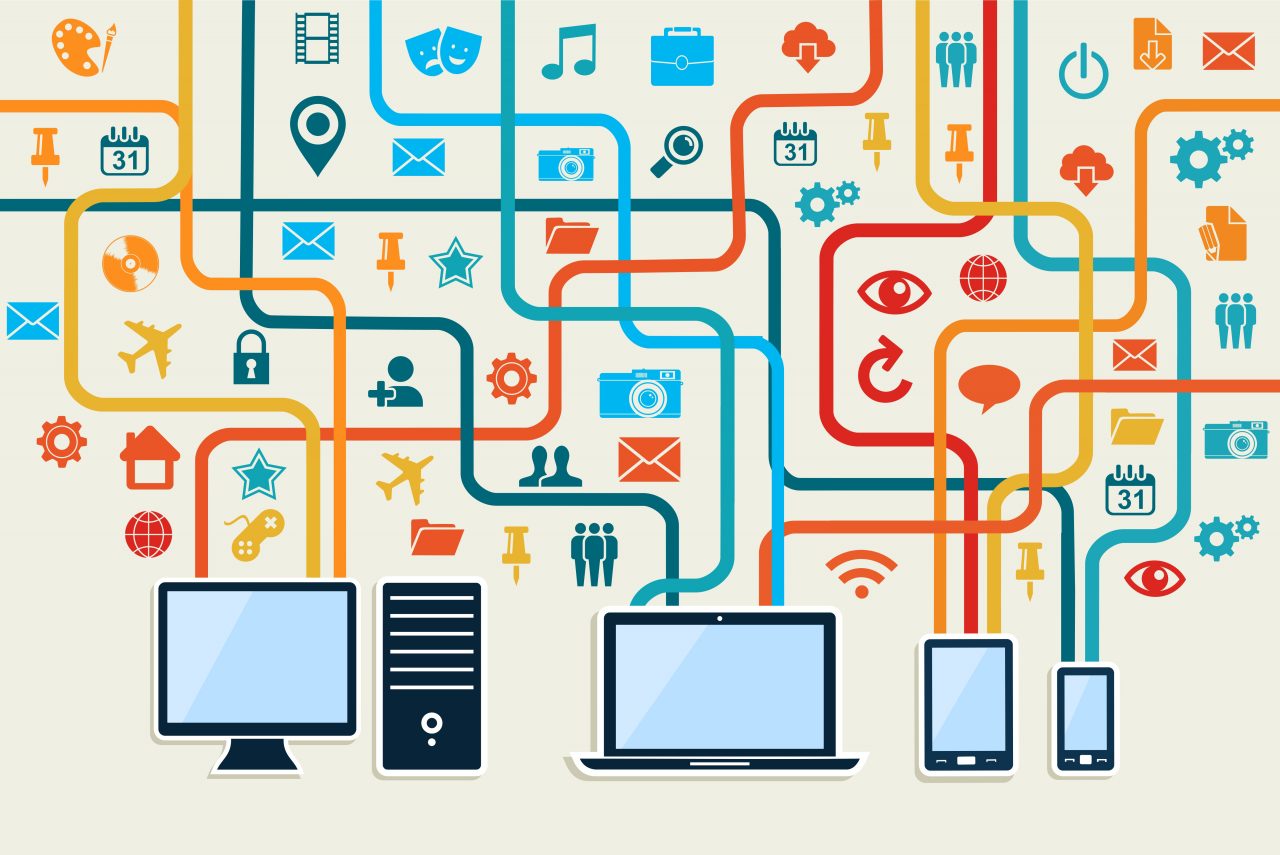Akamai has published its Q4 2016 State of the Internet/Security report As always, an interesting read and an opportunity to look at trends in attacks.
Not all trends are up and to the right. As the report states, Q4 2016 was “the third consecutive quarter where we noticed a decrease in the number of attack triggers”. Still, “the overall 2016 attack count was up 4% as compared to 2015”. Also, the volume and number of “mega-attacks” is on the rise.
And of course, there was the Mirai malware recruiting poorly secured devices connected to the Internet. The Mirai-based botnet produced the largest-ever DDoS attacks, with volume peaking at 623 Gbps. That drew a lot of media attention to the dark side of the Internet of Things (IoT), calling for action before it is too late.
Let us look at a few trends playing out in this area.
First, the IoT. Lacking an agreed definition, there is a tendency to call anything connected to the internet, except conventional computers, an IoT device. Not trying to craft yet another definition, an important question is what makes these new types of connected devices different from the ones that were connected in the past? In the context of DDoS attacks I can only think of the three:
– Increased number. Twenty years ago, a household would have a home router and one or two computers connected. Then the smartphone revolution came and significantly more devices were added: gaming consoles, smartphones and tablets. Now with the ability to easily connect anything there is a potential that the number of connected things per household, but also in other areas, such as industrial systems and “smart” environments, will increase in orders of magnitude. And since any device is potentially vulnerable, that increases opportunities for an attacker.
– Limited user interaction. Smart objects are designed to operate autonomously, in the background, without requiring user intervention and offering a limited user interface (if there is one at all). That means that the user won’t administer the device – install updates, monitor its performance, scan for malware and clean it up. But quite frankly, this does not happen much with computers and smartphones either. The difference is that in the latter area the industry has matured and consolidated, realizing the need and offering proven security solutions without relying on a user.
– Constrained. On one hand, that means that implementing security functions is more difficult, but on the other – malware has to deal with the same constraints. As recent attacks showed in the context of a DDoS, we should be more afraid of unconstrained devices such as home routers and set top boxes. Such devices have presented a threat since 2003, when a software flaw in Netgear cable modems cased a DDoS attack on the University of Wisconsin, USA. Also, many of these unconstrained devices are always on – another useful feature for a bot.
Increasing complexity, expanding code base, larger attack surfaces as new users and devices are connected to the Internet, less reliance on the user as the Internet has become a commodity – these are general trends related to growth and development, not just an IoT revolution.
The report seems to confirm this: “While there were plenty of IoT-fuelled DDoS attacks in the fourth quarter, none of the fourth quarter’s attacks over 300 Gbps were IoT-based. The Attack Spotlight looks at the botnet that generated the top 3 largest DDoS attacks and delves more deeply into the largest attack this quarter, a 517 Gbps attack with signatures from the Spike DDoS toolkit.”
Another interesting trend highlighted in the report is related to competition for resources: “Our examination of the use of ntp reflection as an attack amplifier last quarter suggests that new attack types peak shortly after they appear. But as these attacks gain in popularity, competition for the resources needed to make them begins. While the number of attacks goes up, the size of individual attacks is pushed down, as there are fewer resources available for each of the botnets.”
What does this mean?
I think that if we talk about DDoS attacks and botnets we must build on more than two decades of experience dealing with this phenomenon. So far three strategies have been applied with relative success:
1. Making the edge more secure
The frightening trend here is that many device manufacturers put features and price on top, and security at the bottom of their priority list. That also includes absence of a software or firmware update mechanism. This creates a long-lasting vulnerability at the edges.
A positive trend here is that the standards development and open source communities are putting a lot of efforts into designing building blocks and ready-to-use solutions in this area. Last year the IAB organised a workshop, “ Internet of Things (IoT) Software Update (IoTSU)”, where participants discussed the software/firmware update mechanisms. A BoF to further work in this area is scheduled for the IETF 98 meeting in Chicago from March 26-31: “A Protocol for Dynamic Trusted Execution Environment Enablement (TEEP) BoF”. Significant efforts are being put into building IoT frameworks, some of which are open source, like AllJoyn by the Open Connectivity Foundation (OCF), and some of which are closed, such as HomeKit by Apple.
2. Detection and disinfection
A good example here is the ” Anti-Bot Code of Conduct for Internet Service Providers” outlining five areas where ISPs can take action and help reduce end-user bots. These are: Education, Detection, Notification, Remediation, and Collaboration.
Users can also take responsibility and keep their home networks clean. This is more and more in their own interest – from performance degradation to privacy and even physical threats as the IoT penetrates our material life. Developments like SENSE from F-Secure can provide households with necessary tools.
3. Mitigation
Botnets usually rely on so-called Command & Control (C&C) servers to get instructions for their operation. Disabling the C&C server effectively means disabling the botnet. For example, this approach was successfully applied in mitigating the Conficker botnet.
Interestingly, there is no (at least not that I have found) mention of this approach when addressing the Mirai botnets. Given that the source code has been released, tracing and taking down C&C servers should be easier.
Does the IoT change this?
The emergence of the IoT makes addressing the issue more challenging, but so is the growth of the Internet in terms of bandwidth and number of connected users. That makes it more important to re-inforce and foster the approaches that worked.
It is true that the IoT brings new challenges and threats, and at different scale. Imagine cars colliding without reason, or smart cities getting the time of day wrong, or power plants misreading parameters of the reactor. What could make these nightmares materialize themselves are vulnerabilities of the components, not only devices, but also communication links and protocols, software, apps, etc. And the question is – how do we secure these systems? A common approach is based on holistic risk assessment. But this is a topic for another post.
So, does the IoT bring a radical change to the DDoS attack landscape? If it does, which of the current approaches in addressing botnet issues and DDoS mitigation work and which do not? What new approaches are required? We welcome your thoughts, opinions and ideas here in the comments.

